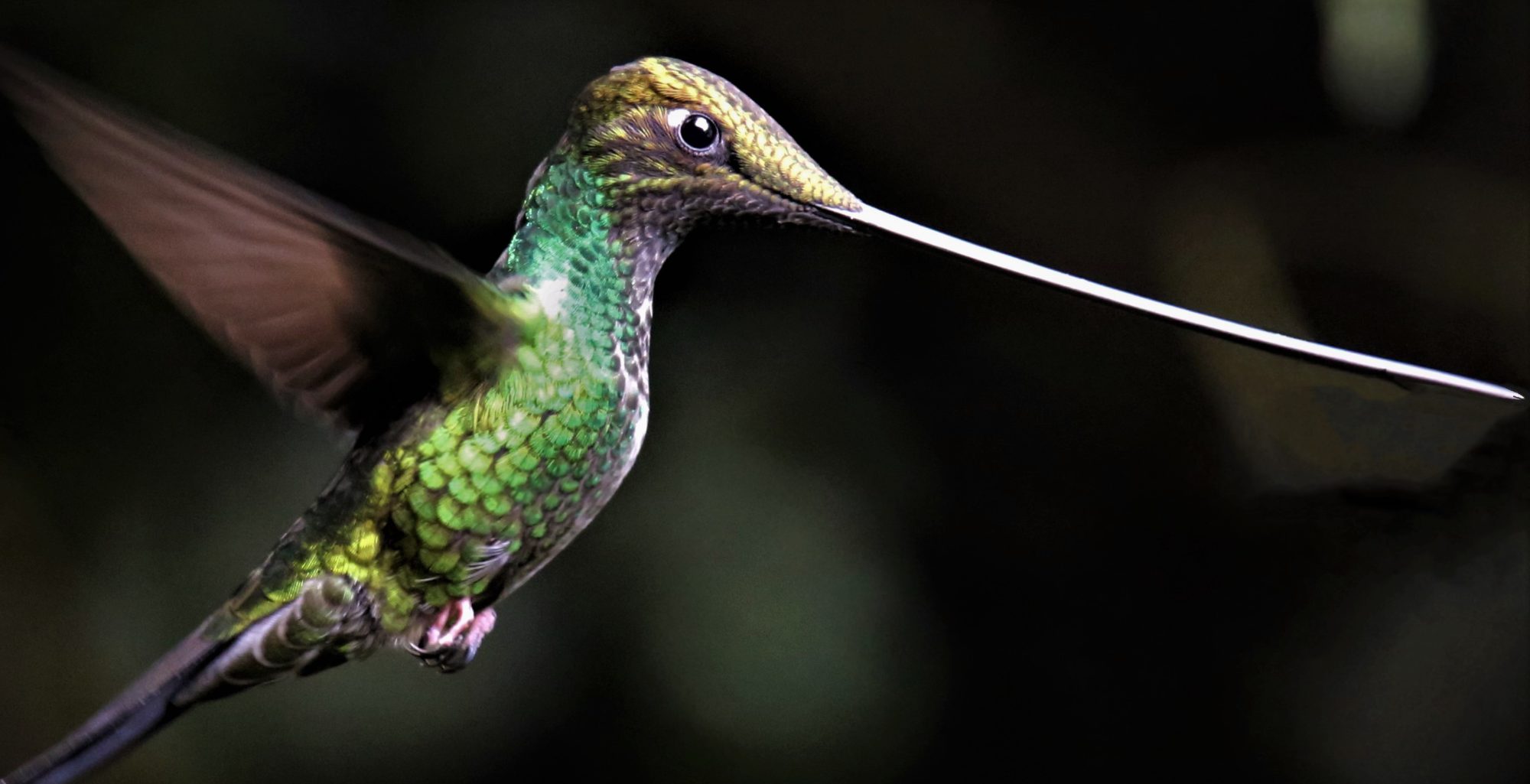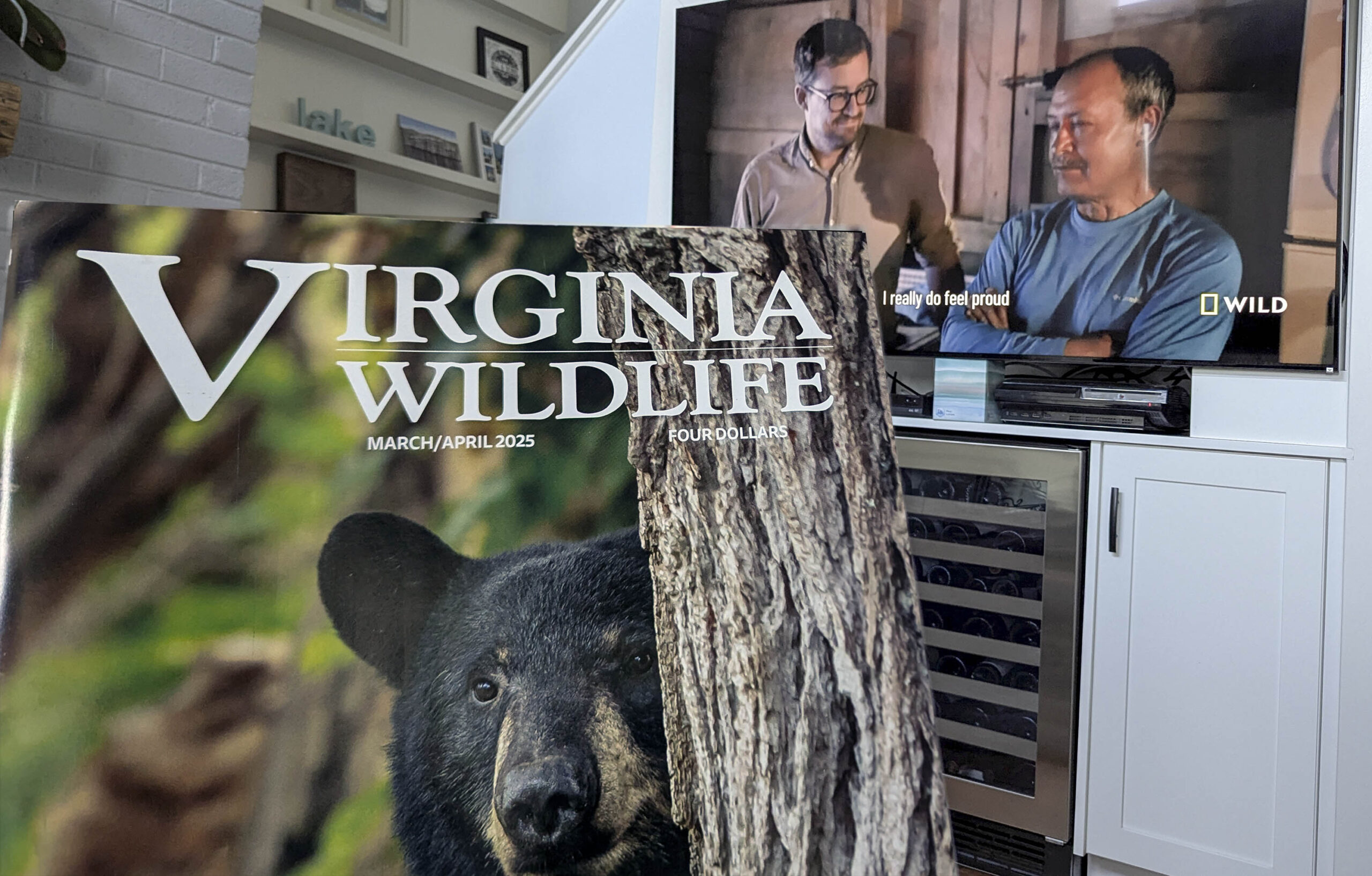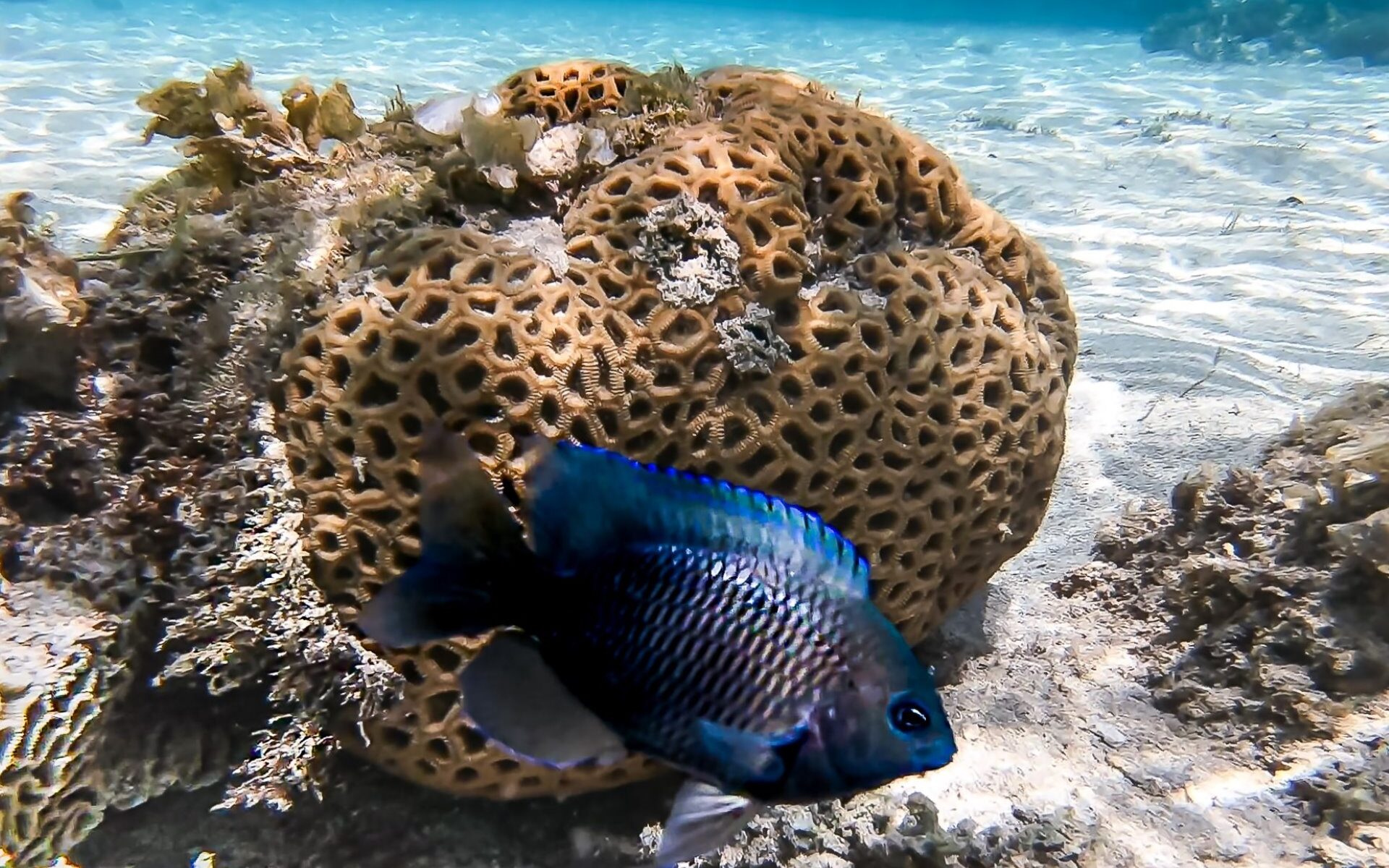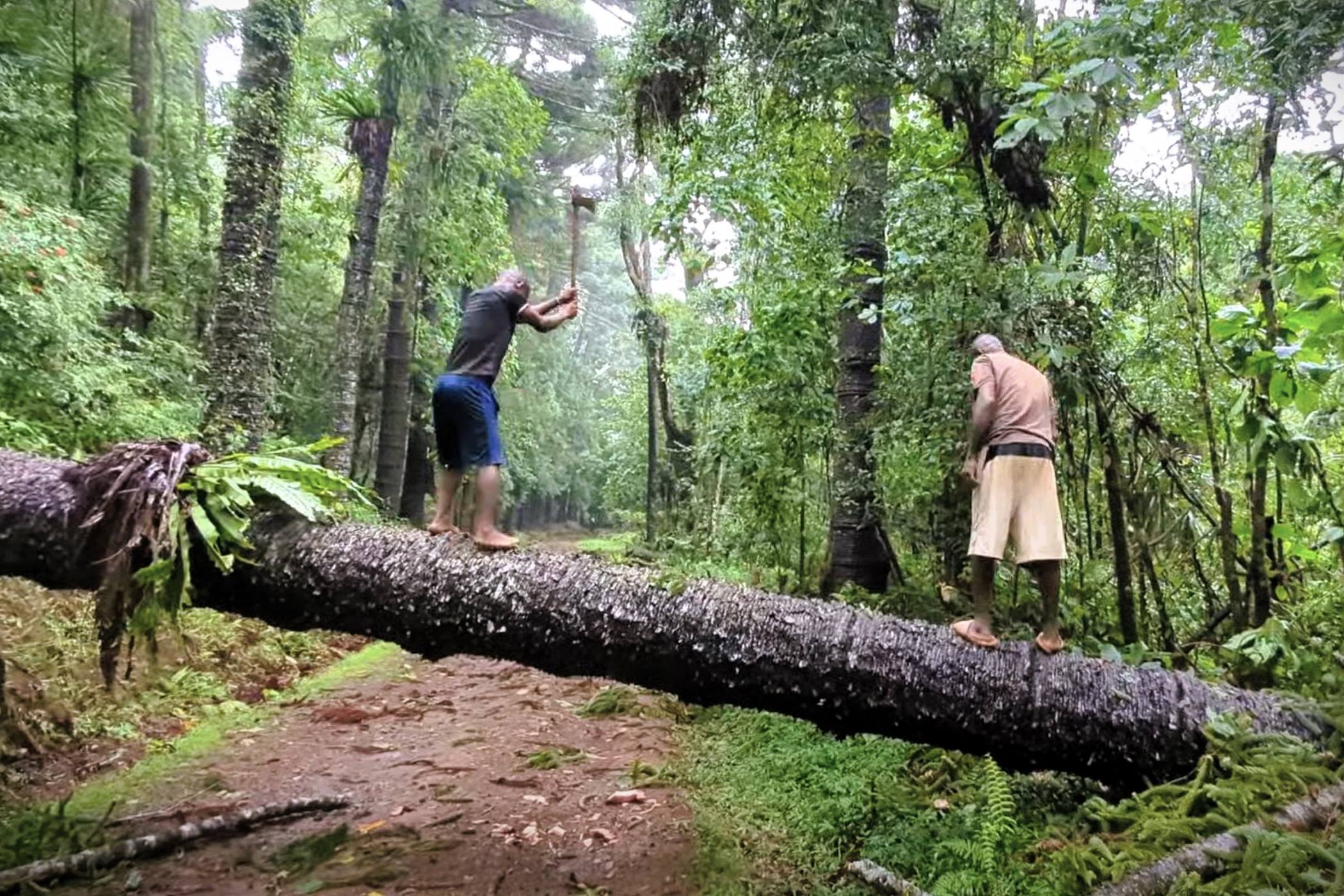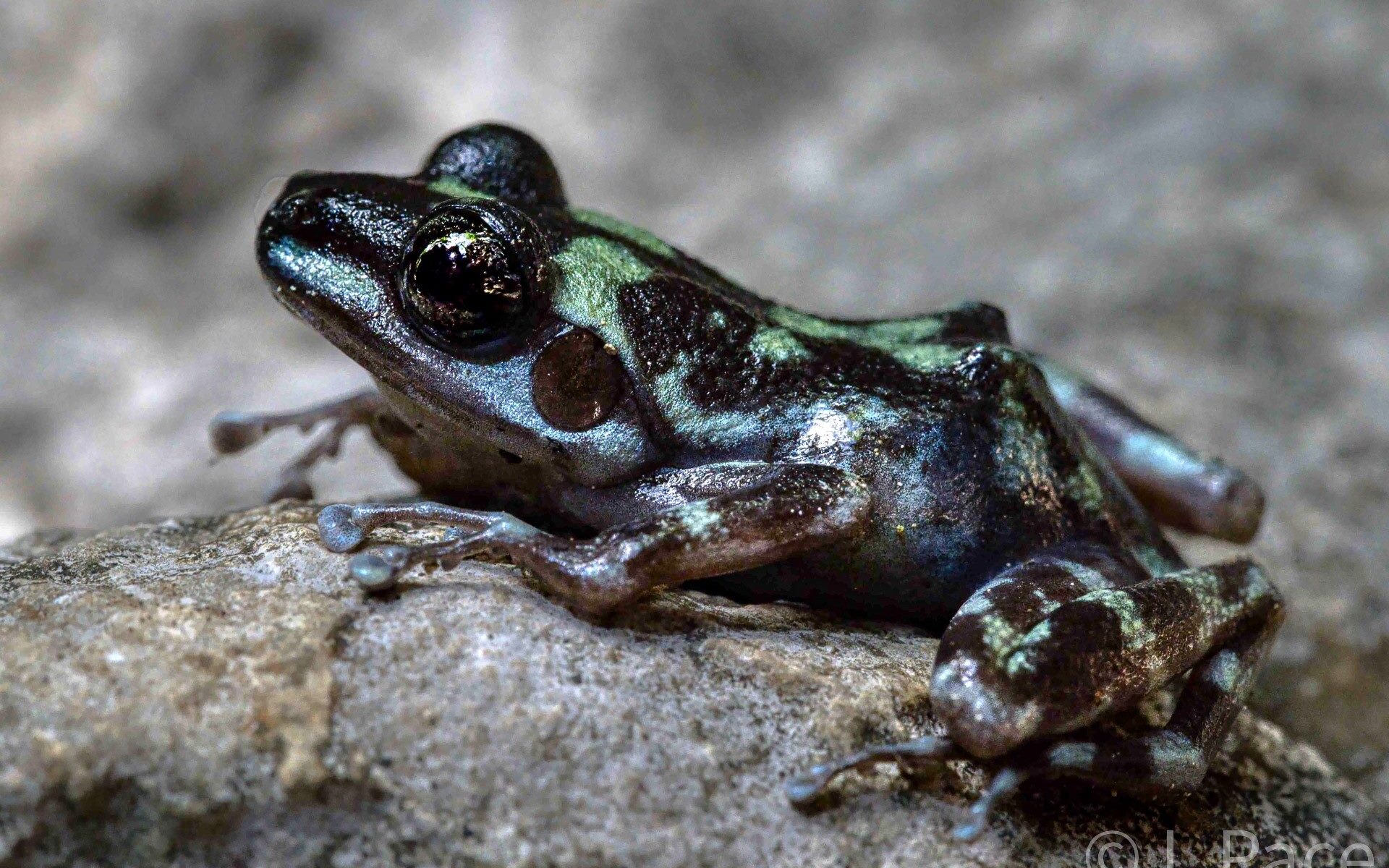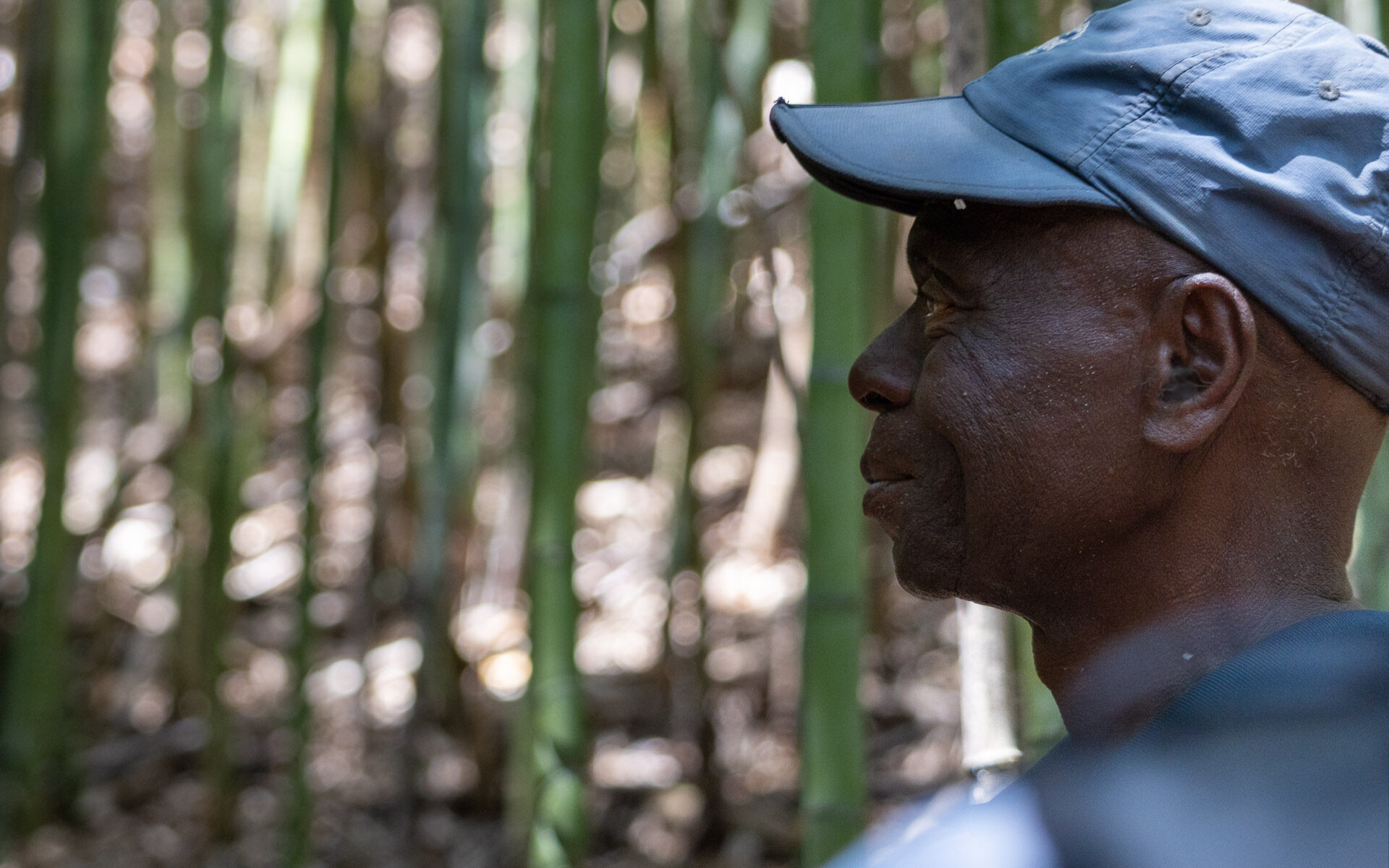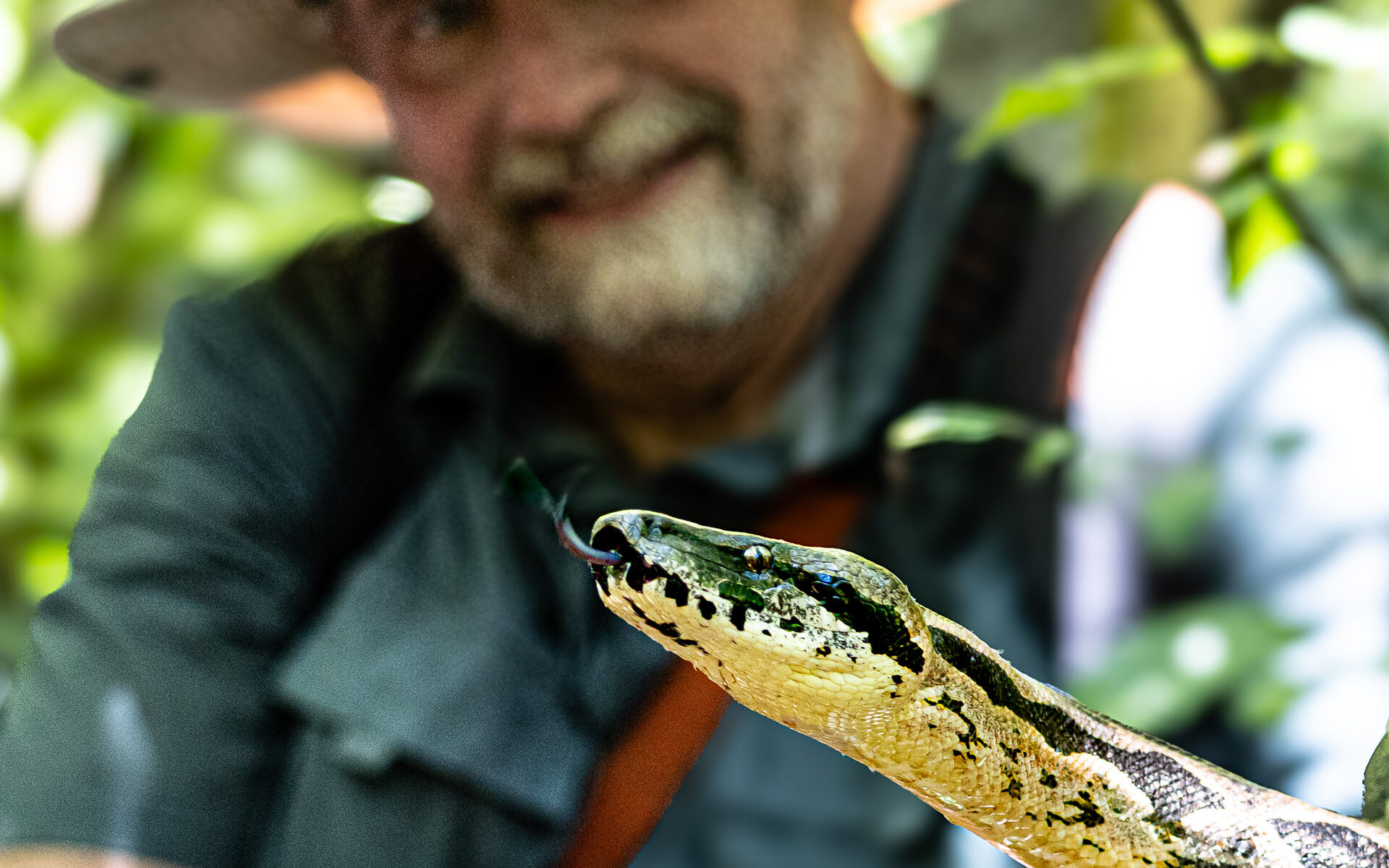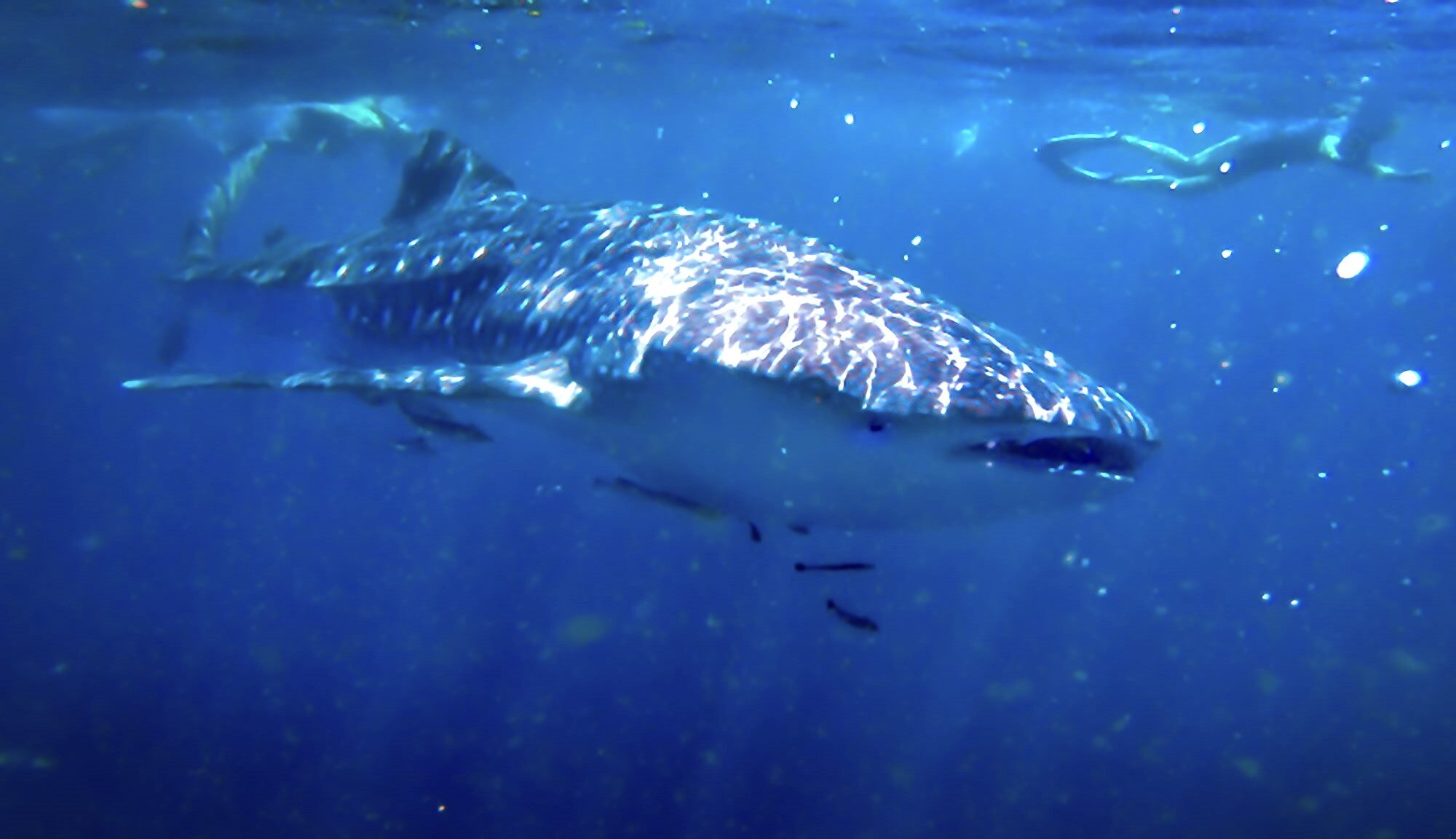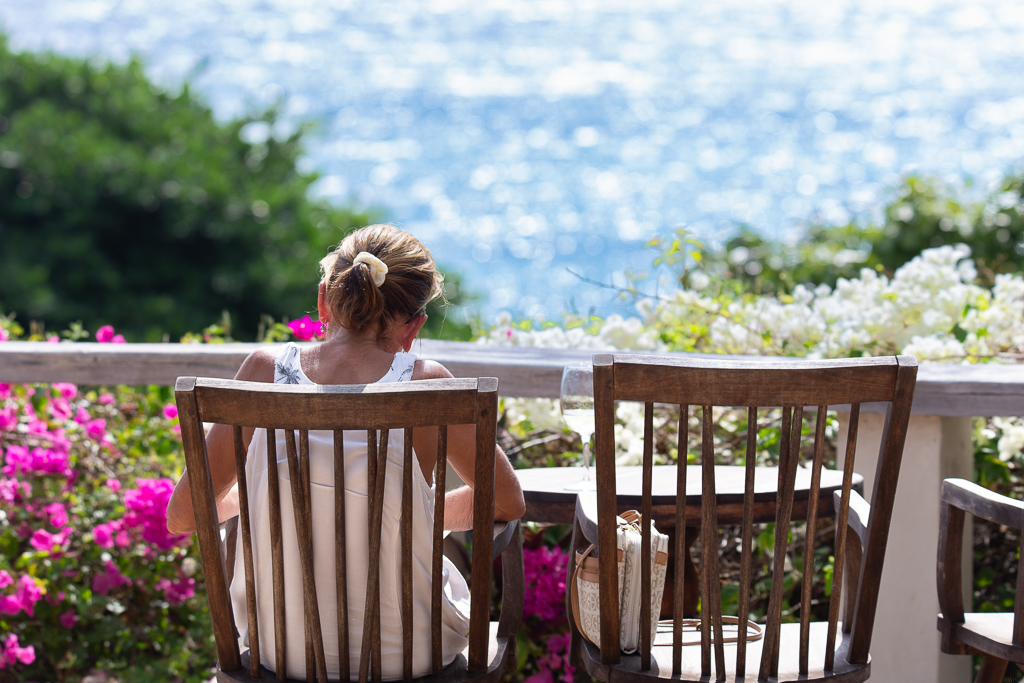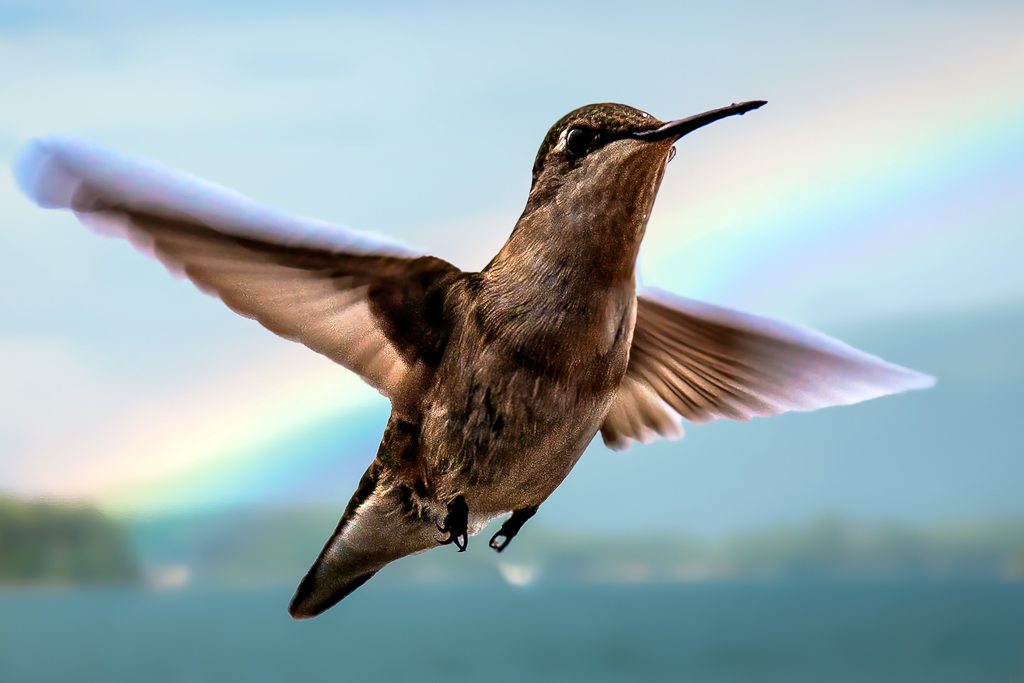This year I tasked Kim, my travel advisor at Extraordinary Journeys, to find a place that my wife, Debbie, and I had never been, and where it would be warm enough to swim and have clear water with healthy coral reefs where I could try to get some underwater photos. Kim, who specializes in African destinations, suggested Manta Resort on Pemba Island. It looked good online. My wife would be able to walk on idyllic white sand beaches and kayak over the reefs in a clear kayak designed to showcase the marine life in the electric blue water, as I did my thing. The food was supposed to be fresh and excellent (Kim jokingly advised me that we might get tired of eating lobster.) and we would both be able to enjoy the experience which included daily spa treatments.
Pemba is an island in the Indian Ocean off the mainland of Tanzania. Pemba and the Island of Unguja are the two main islands that make up the archipelago which was formerly called the Sultanate of Zanzibar. The place has a long and complicated history which includes trade in exotic spices, ivory and slaves. Zanzibar was suggested as a place to go as an add-on to our first East African trip we took in 2016, before I started this website. (You can see photos from that trip by navigating to the Africa heading in the Menu above, but try to resist the temptation until you have finished with this post.) We didn’t do it then. I have been hoping to get there ever since.
So after researching if available international flights were reasonably priced, and after conferring with my wife, we decided to go. I was a bit worried, because hurricanes can cause delays and that can be problematic on trips that have to start on schedule. So, I built in an extra day, just in case we had trouble.
The weather was good on departure day and we boarded on time. The doors were shut, The captain came on and instead of saying we were pushing away from the gate, he gave us a bit of bad news. He announced that our flight would be delayed because of a problem with the water-holding tank for the toilets. He said an inexpensive, but hopefully readily available part that any hardware store should have, failed and caused the water to leak out of the plane and onto the ground. He asked us to be patient as he assured us it wasn’t a specialty part and that it could easily be swapped out by their mechanic. The only challenge was getting an American part delivered through a busy airport to a French owned airplane. After three hours sitting on the plane, the part was finally delivered. Two minutes later the tank was fixed (the pilot was right about that) and we were told, being filled again. We now had to wait for our chance to join the takeoff queue. We took off knowing that our connection flight in Paris would be tight. The captain said he would do his best to make up some of the lost time in the air. The overnight flight was good, but when we finally touched down, it was nearly time for the second flight to close its doors. We did not check any bags, so we were hopeful that the plane would get to the gate quickly and we would be able to rush to our connecting flight gate and still be able to board.
Up until then, I had only missed a connection once before. On that occasion, I was leading a group of high school students to Costa Rica for a tropical rainforest experience. Engine trouble caused the pilot to shut down one of the two engines. He came on the intercom and told us that we would be making an emergency landing at the nearest airport, which happened to be Tampa, Florida. When we landed, there were emergency vehicles ready near the runway and there were news teams at the airport terminal who wanted to interview passengers about the experience as we deplaned. At least, this wasn’t going to be as bad. I was thinking that it was a good thing I had built in an extra day in Stone Town. Sure, it was looking unlikely we would make it to our connection. When we finally arrived at the gate, we grabbed our stuff out of the overhead storage and got off the airplane as fast as possible. We hurried through Charles de Gaul airport to our new departure gate, just in case the flight to Zanzibar had been delayed. As we approached the terminal, the plane was still at the gate, but there was no one checking passengers in anymore.. Moments later, the plane backed away from the passenger boarding bridge. We would have to be satisfied with a different arrival time for our international flight to Zanzibar.
This trip, which was planned to allow me to create new content for this website, for relaxation, and to lift the spirits of my wife, didn’t start off well. You, the reader, are probably not feeling too sorry for us, but it got worse.
We went to the Air France customer service desk only to find there wouldn’t be a direct flight for two days to Stone Town, and that would put us there after our domestic flight in a small plane to Pemba. I knew we had a good team at Extraordinary Journeys and they would make any arrangements possible on their end to get us to where we needed to go. That relieved some of the stress, but there was still disappointment. We would not have much time to explore the World Heritage site of Stone Town. I asked the Air France agent if there was any way to make it to Zanzibar earlier. She looked at other possibilities and found a flight to Dubai, where we could hop on a connecting flight with a partner airline to Zanzibar. That would allow us to make it to Stone Town for one night of our two night reservation and in plenty of time to make our Pemba flight. I asked if she was certain there would be sufficient time in Dubai to make it to our connection. She confirmed that there should be plenty of time. I looked to my wife to get her opinion. Though it meant more time in the air and transit through an unfamiliar airport, we both agreed we would prefer the Dubai option. She ticketed us for those two flights.
Again the flight boarded on time in Paris. It looked like we were going to depart on time. As we taxied out to the runway, the captain of this plane said that a passenger in the back of the plane was experiencing a medical emergency and we were going to have to return to the terminal. Someone else was having more trouble than us. We had been and now were being inconvenienced again, but they were in a life-and-death situation. It put things into perspective for us. Again we wound up waiting three hours on the plane for takeoff. We never saw the guy because the ambulance was able to drive directly to the airplane where they opened a rear door to rescue him. We were told that it was a good thing that we had not yet taken off. Medical personnel had relayed to the captain, who relayed to us, the young man probably would not have survived had the incident happened mid-flight.
The flight to Dubai was longer than the transatlantic flight. The ordeal wound up putting us in danger of missing our next connection. Dubai was a difficult airport for us to navigate through, but we made it just in time for our 2:00 am departure time for our connecting flight to Stone Town. Five and a half hours later, we touched down and found warm weather and the sun breaking through the morning clouds. We arrived at the historic Tembo Hotel in time for an excellent breakfast and we still had time for our guided walking tour of Stone Town. It was a great history lesson. We stood on the spot of the shortest war recorded in history, the Anglo-Zanzibar War, which lasted between 38 and 45 minutes in 1896. We learned that Zanzibar merged with Tanganika to become an autonomous region of the country we now call Tanzania in the 1960’s. We learned about cultural and architectural influences too. We ended our day at 6 Degrees South Grill and Wine Bar which was excellent. The trip to getting there wasn’t easy. Things were looking better, or so we thought. For photos from our short time in Stone Town click here. It was well worth the time.
The next morning after another great breakfast, as I waited with our bags for our transfer driver in the lobby; my wife said she wanted to see the beautiful beach one more time. Sadly, she didn’t get to see it. Instead, as she slowed to negotiate a rather large step onto a tile floor, two young ladies who were unaware that she had slowed down, accidentally knocked her down. I didn’t see it happen. In fact, she didn’t tell me about it until we got to the airport and I noticed she seemed to be having trouble walking. Immediately after the fall, I guess she didn’t realize the extent of the injury to her hip. By the time we landed in Pemba she was really struggling. She then had to endure a 3 hour ride on bumpy roads to the Manta Resort.
When we arrived at the resort we were welcomed and treated very well. The staff was amazing. The food was fresh and delicious at every meal. The room was large, well-decorated, modern, and comfortable. They made every attempt to make things as good as they could be for Debbie. The owner of the resort even had a craftsman from the village make a walking stick for her. It helped, but even after a week she wasn’t showing any signs of improvement. Though she loved the view from the room and from the tables at dinner, and enjoyed talking to all the people; she was never able to walk on the beach or swim or kayak in the ocean. She did get plenty of time to read and was able to make her way to daily spa treatments, which seemed to help her relax.
Debbie encouraged me to have fun. While I was there, I met some very interesting people. I respect what the resort is doing to provide good jobs to the local people and what they are doing to promote sustainable fishing. They are supporting and providing leadership in conservation and protection of coral ecosystem. Coral reefs in all the places I have visited throughout the world are not doing great. Manta Resort is trying hard to make a difference. I was able to meet and talk to Angelique Brathwaite, a PhD scientist who is an expert in Coral Ecosystems and Arnaud Gotanegre, who is an expert in managing protected areas and natural resources in tropical zones. He is an enthusiastic champion of biodiversity in marine ecosystems. They are both key people in a group called Blue Alliance that works with local people and governments to establish Marine Protected Areas, MPA’s. There is much work to be done. Angelique is engaged in monitoring the coral in the area surrounding Manta Resort, as well as other tropical areas around the world. She told me they have had some success in seeding areas with coral to reestablish live reefs in areas where it has been compromised by climate change and destructive fishing practices such as dynamite fishing. The work isn’t easy but they are trying to be a part of the solution. I applaud the work they are doing and hope someday my grandchildren can say things are improving.
Although I didn’t get any great photos of marine life, I got a few good photos of wildlife on Pemba, mostly right around the resort which you can view by clicking here.
Understandably, Debbie was very apprehensive about the long flight home, but she was a trouper and to my surprise, when we returned home, she said she would like to go back to Manta Resort someday. I consider it high praise. Hopefully, she will recover quickly.
